I’ve been digital wargaming for over forty years, but until a couple of days ago had never desktop generalled two of the most important battles ever fought in the British Isles. Why are the Battle of the Boyne and the Battle of Aughrim so rarely encountered by PC-partial grognards? There’s no good ludological reason for their rarity, but it would be naïve to pretend that their timing – 1690 and 1691 – and their location – Ireland – hadn’t contributed to their neglect.

Too young for a Dusty But Trusty, but too good to go three years without THC TLC, the friendly, chaos-sprinkled* Pike & Shot: Campaigns (2015) is a veritable cornucopia of Sixteenth and Seventeenth Century slaughter.
* Routs can spread alarm in battle lines, and units often take it upon themselves to pursue fleeing enemies.
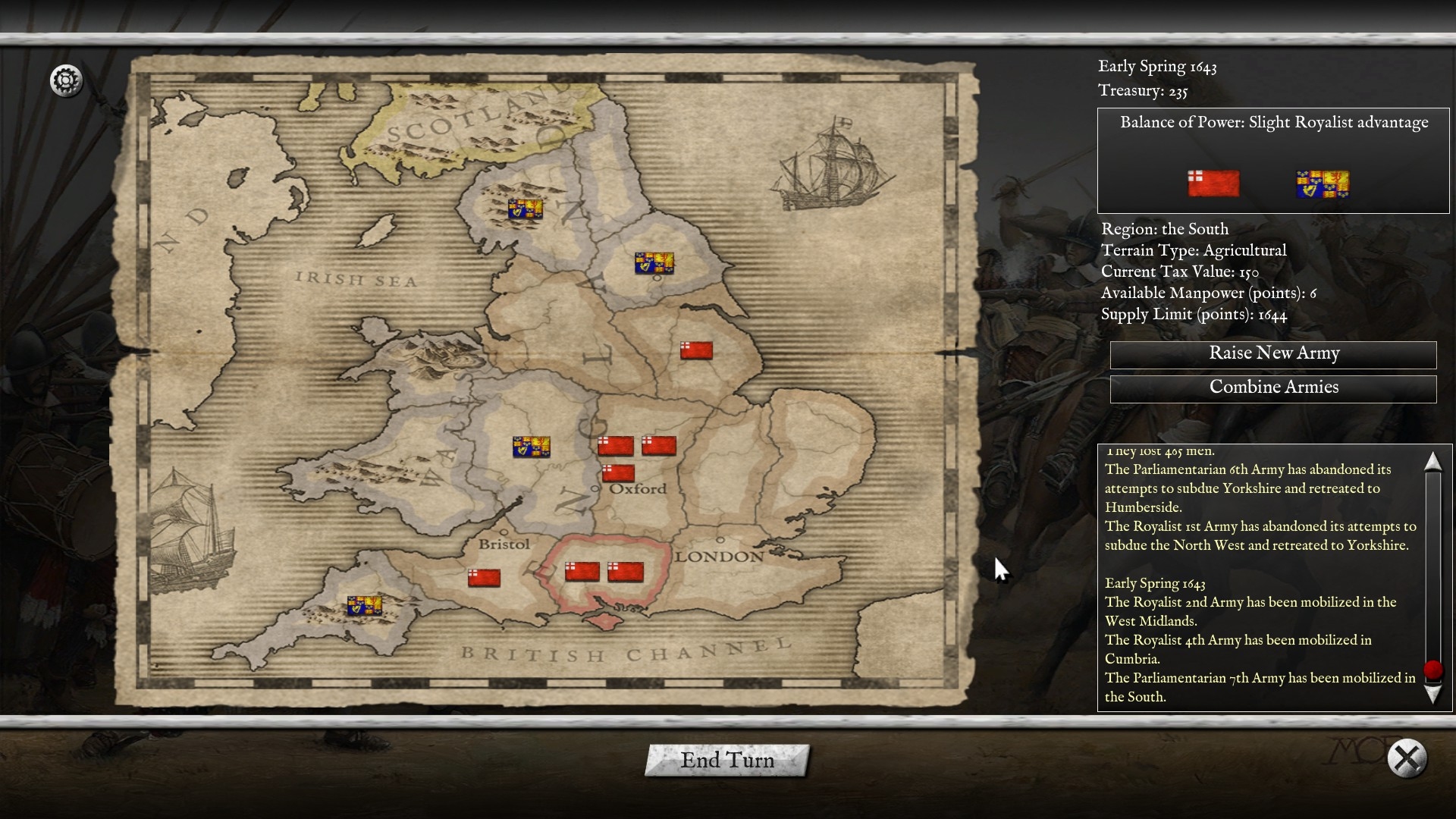
Out of the box Byzantine Games’ regularly discounted turnbased tussle sim provides forty standalone historical scraps, a flexible skirmish generator, and diverting unscripted dual-layer English Civil War, Thirty Years War, and Great Turkish War campaigns. Authoritative fundamentals, a capable editor, a helpful dev (Richard Bodley Scott), and an industrious fanbase, explain why one of my favourite wargames has been modded so extensively and ingeniously over the years.
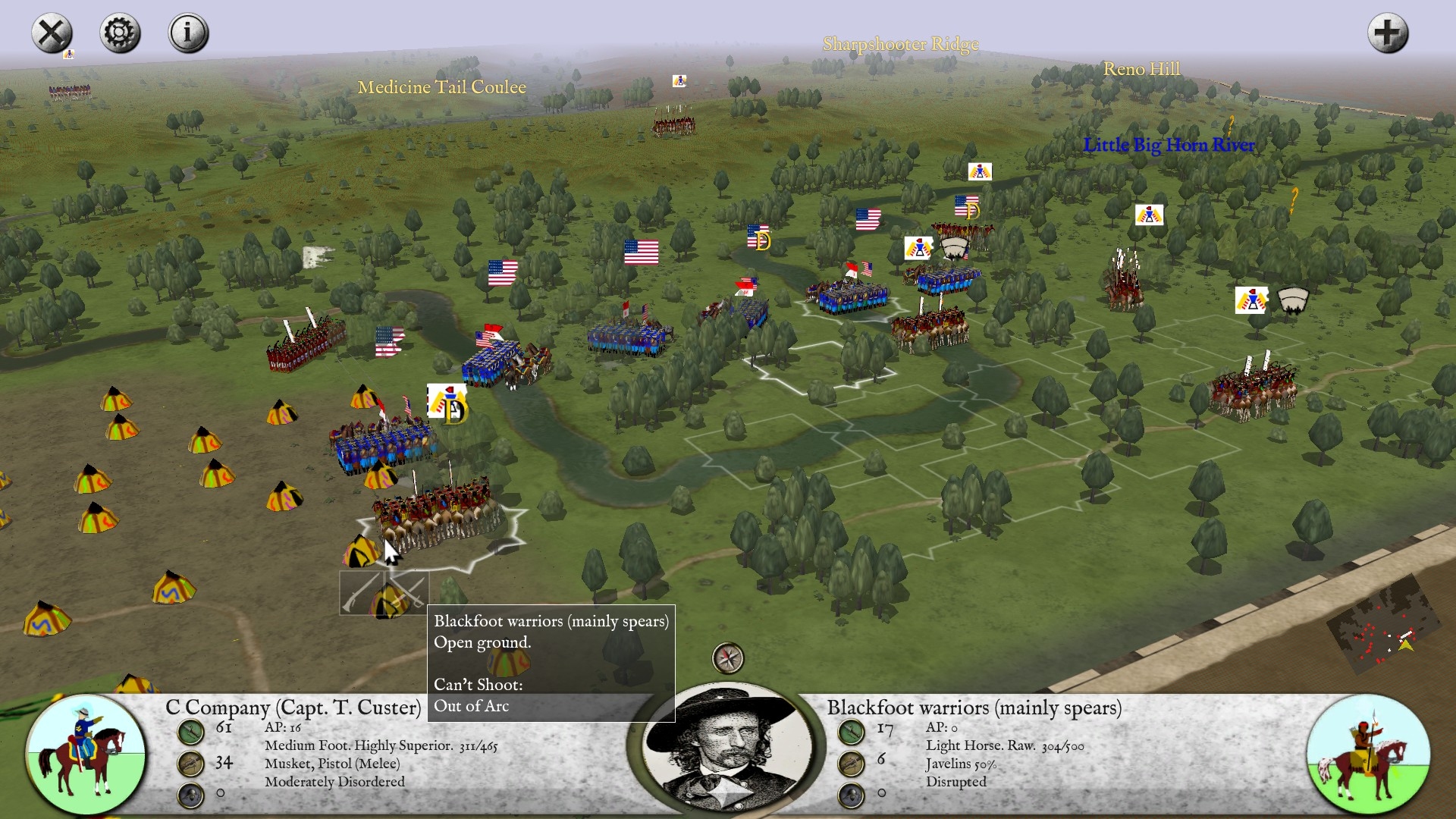
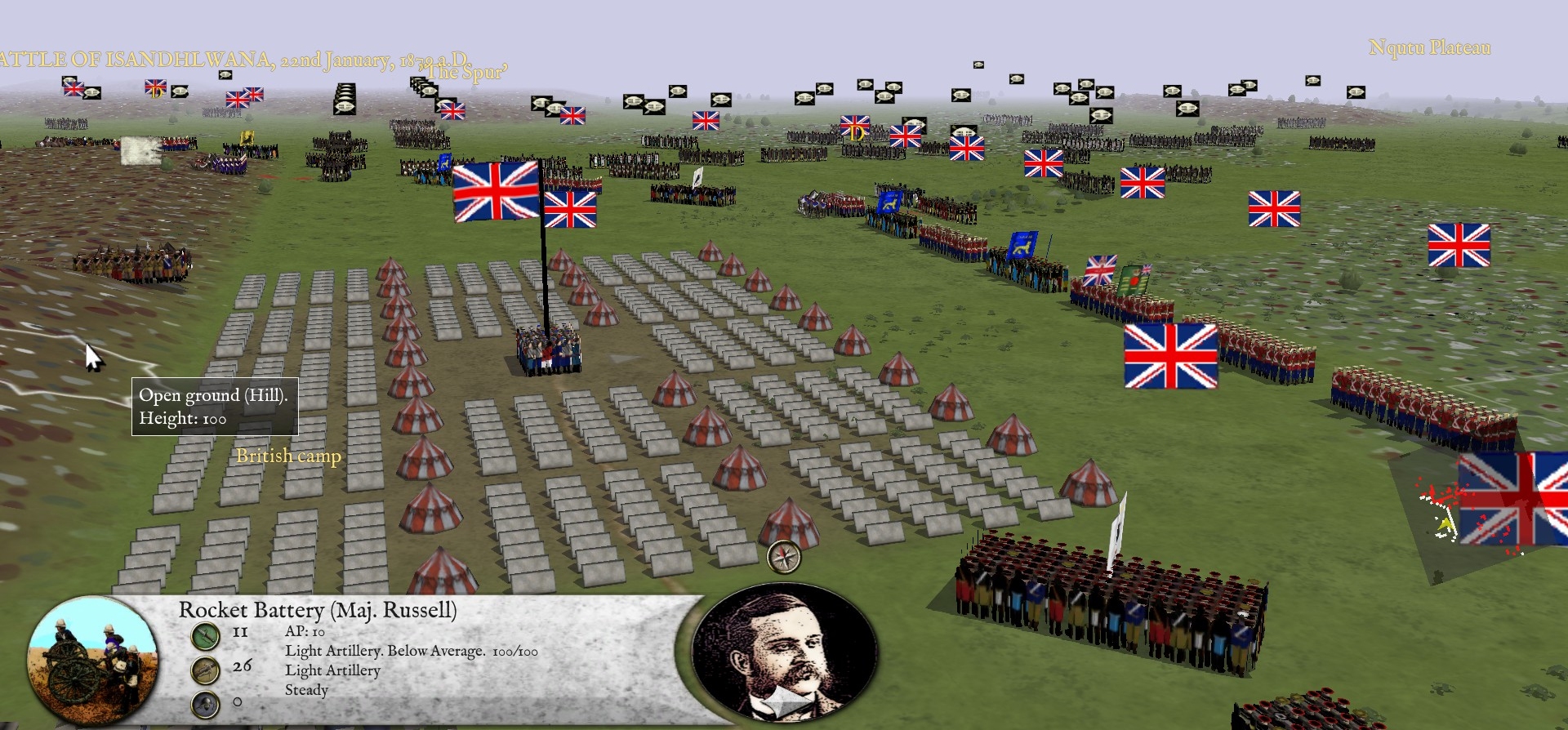

Crecy, Borodino, Waterloo, Little Bighorn, Isandlwana, Saratoga, Gettysburg, Magersfontein, Sedan… today P&S owners have a dizzying array of user-made clashes at their fingertips.
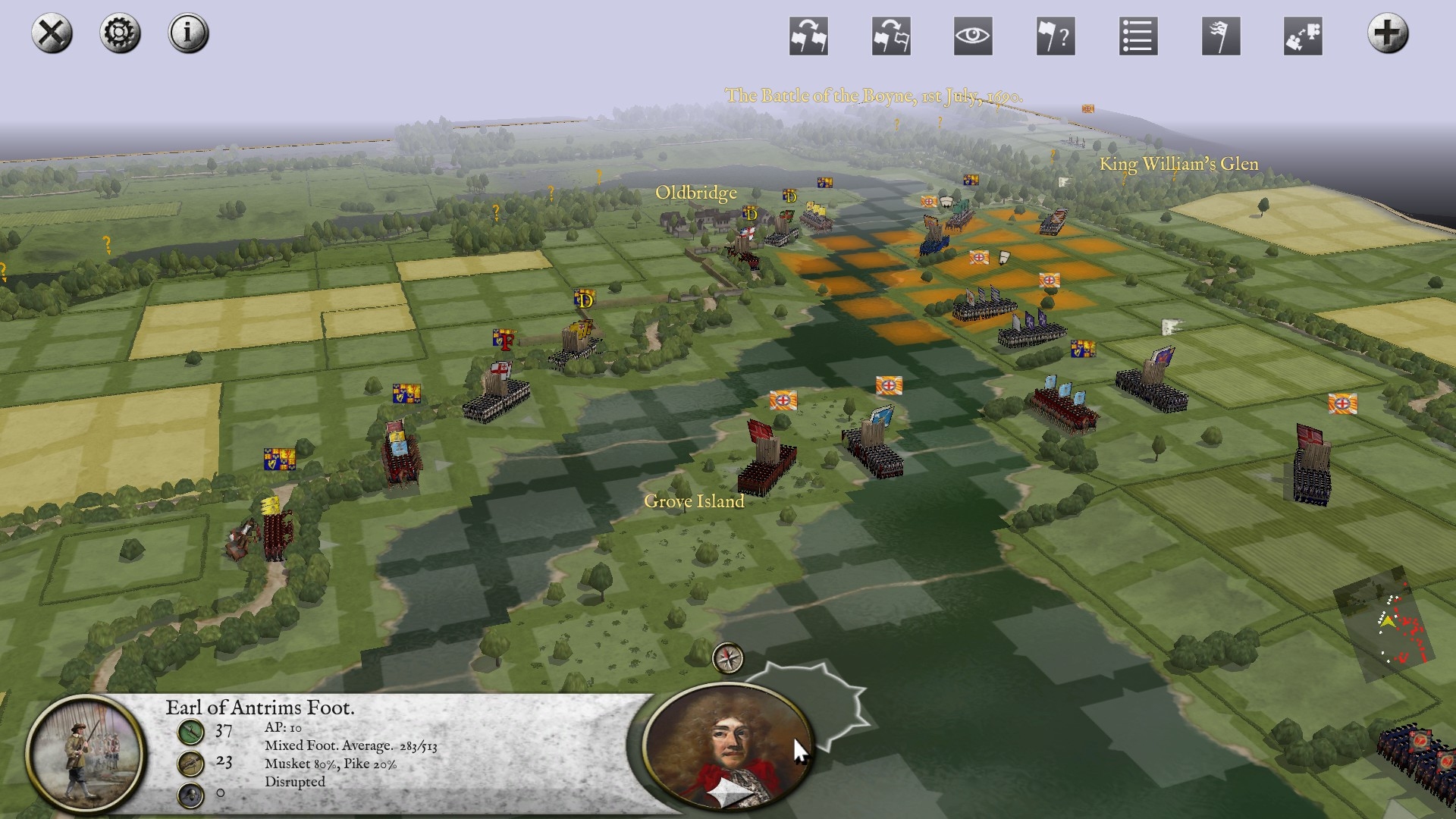
Earlier this week I used the game’s integral mod selector to download recreations of two Seventeenth Century battles that both deserve be as well known in Great Britain as they are in Ireland.
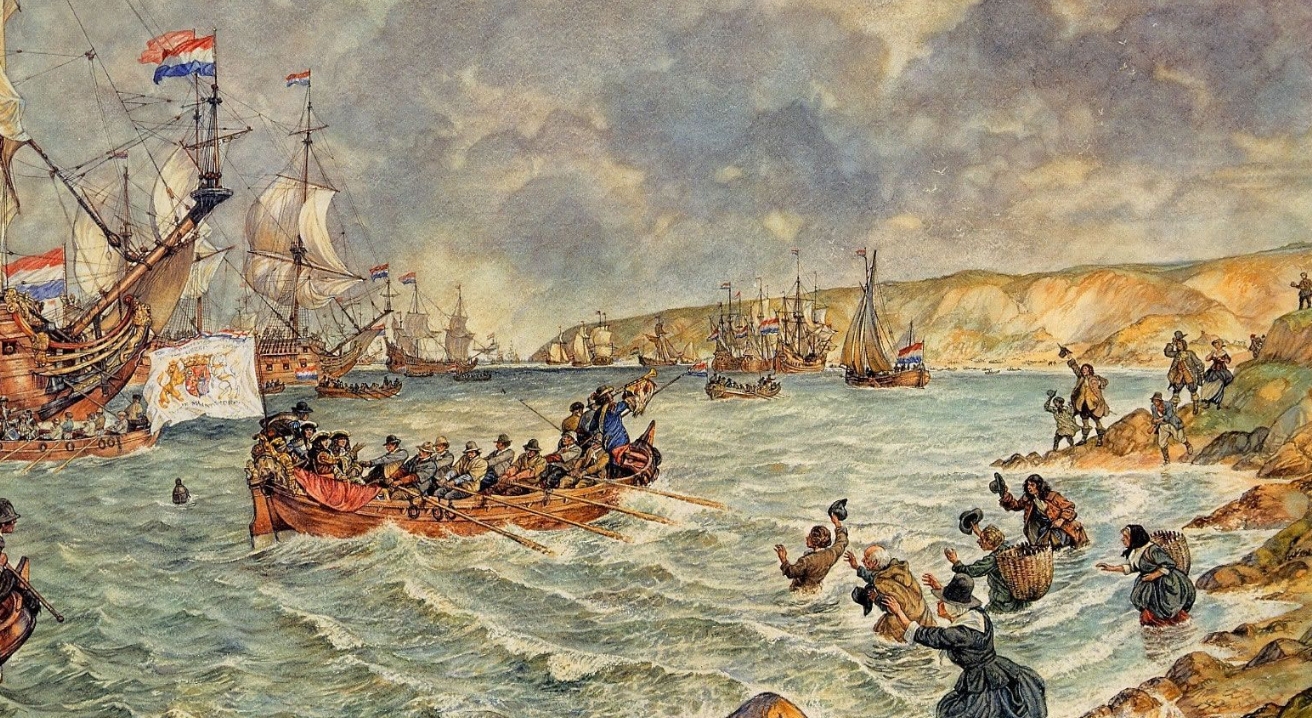
Some background for those that need it. A couple of years after one of the strangest invasions in British history, the principal architect of that invasion – Protestant Dutchman William of Orange – found himself surveying a river-riven Irish battlefield from the north while the man he’d skillfully and bloodlessly* deposed, Catholic James II**, pondered it from the south.
* In England and Wales at least.
** William’s father-in-law, and the last surviving son of hapless/headless Charles I.
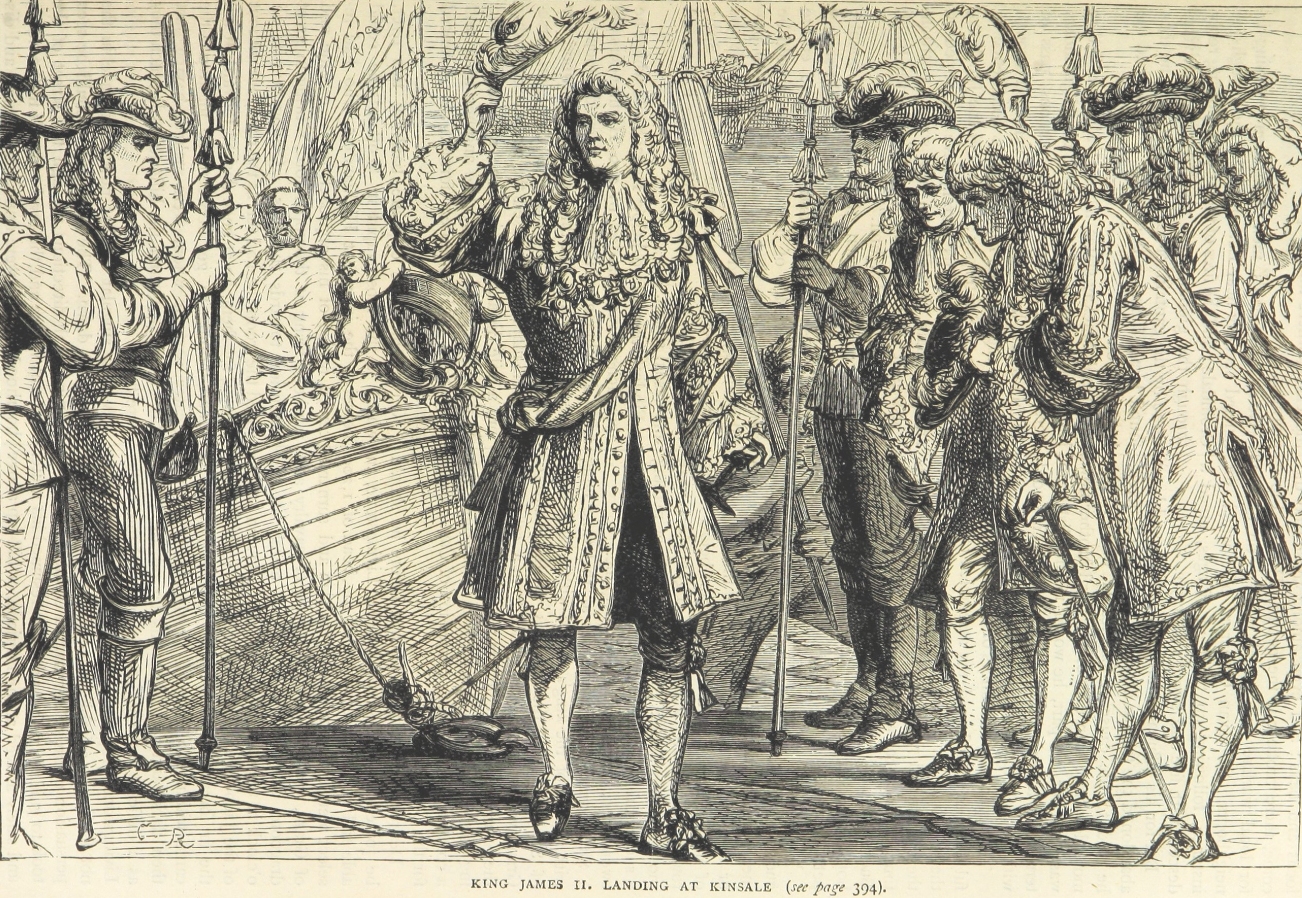
With the backing of his cousin, Louis XIV of France (the Irish ‘War of the Two Kings’ was an offshoot of a much wider and older European power struggle) James and 2,500 English, Scottish, and French troops had landed on the coast of County Cork in March, 1698. Ireland was an obvious choice of comeback springboard. Systematically dispossessed and disempowered by their colonial overlords, the predominantly Catholic populace were natural Jacobites. Thanks to his loyal viceroy, the Earl of Tyrconnell, the dethroned king found an army roughly 36,000-strong waiting for him on his arrival.
Up until the spring of 1689 things went relatively well for James. By the time he arrived in Ulster, what was left of the Protestant Army of the North was bottled-up in fortified towns, and cut off from potential support from Scotland by a simultaneous Jacobite uprising there. Williamite forces seemed on the verge of defeat.
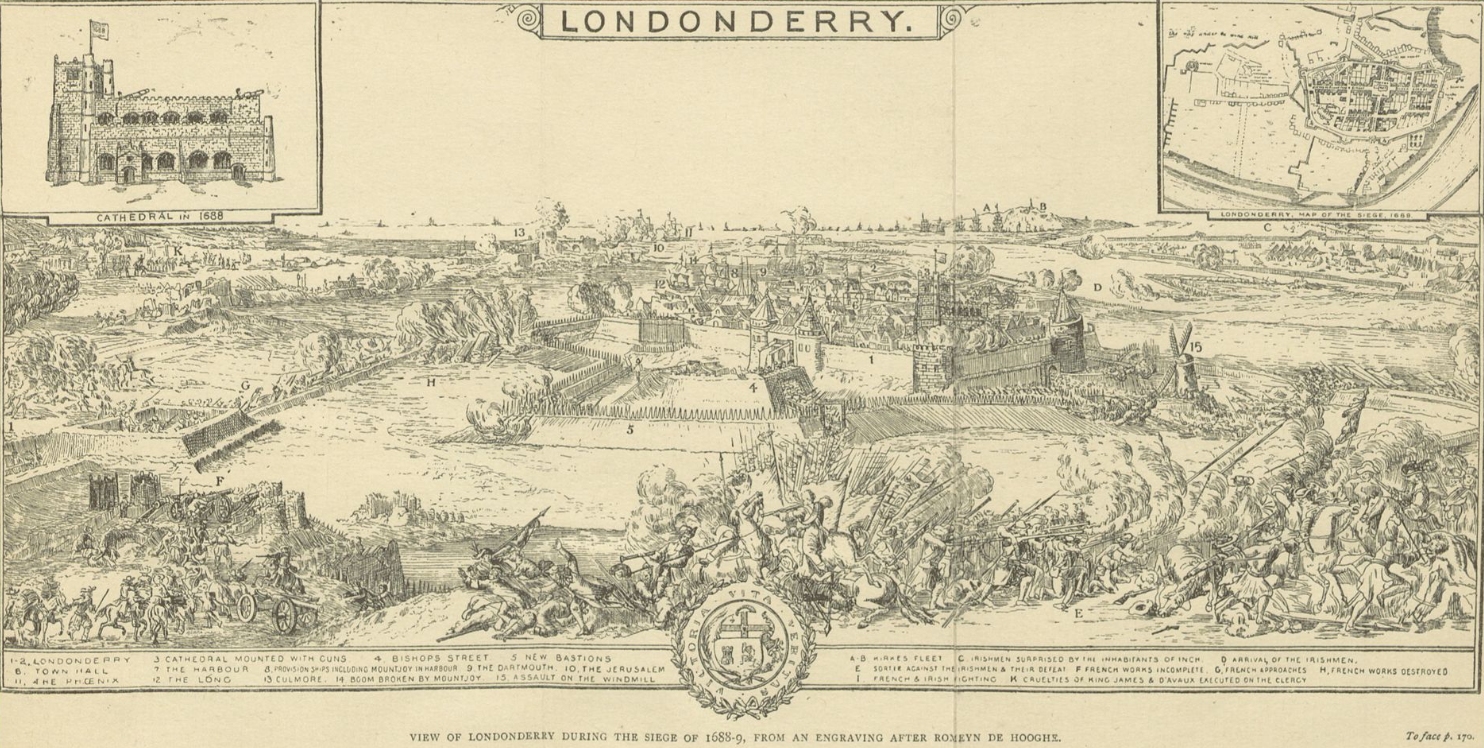
By late summer, however, the tide had turned. Frustrated by stubborn resistance in places like Derry and Enniskillen, facing a sizeable multinational expeditionary force led by an experienced German commander, the Jacobites were forced to turn tail and retreat southward.
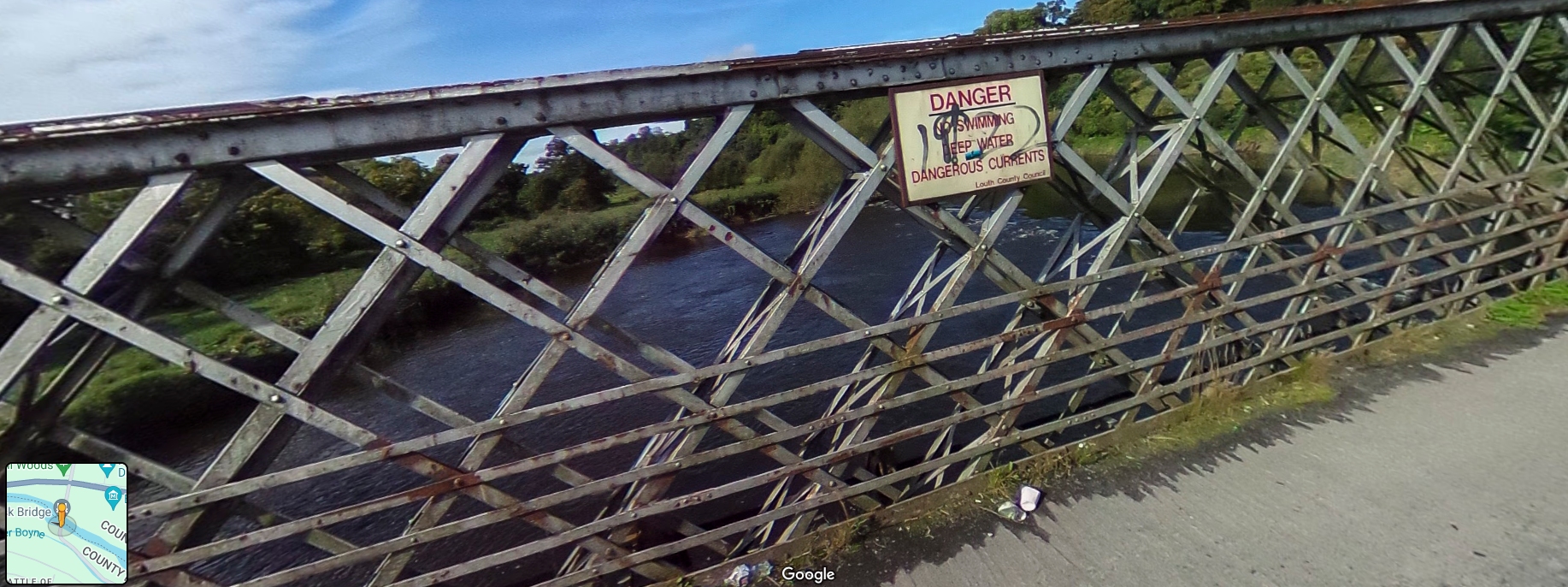
Obviously the backpedalling couldn’t go on forever. Having failed to stop the Williamites at the Moyry Pass, James ordered his relatively inexperienced army to stand fast on the southern bank of the Boyne River near the town of Drogheda, on July 1, 1690. In order to reach Dublin thirty miles to the south, William III’s men would need to cross the waist-deep river under fire and drive the rebels from the field – no easy task even after a diversionary feint had fooled James into sending a significant portion of his 23,500-strong force west to deal with a potential flanking manoeuvre.
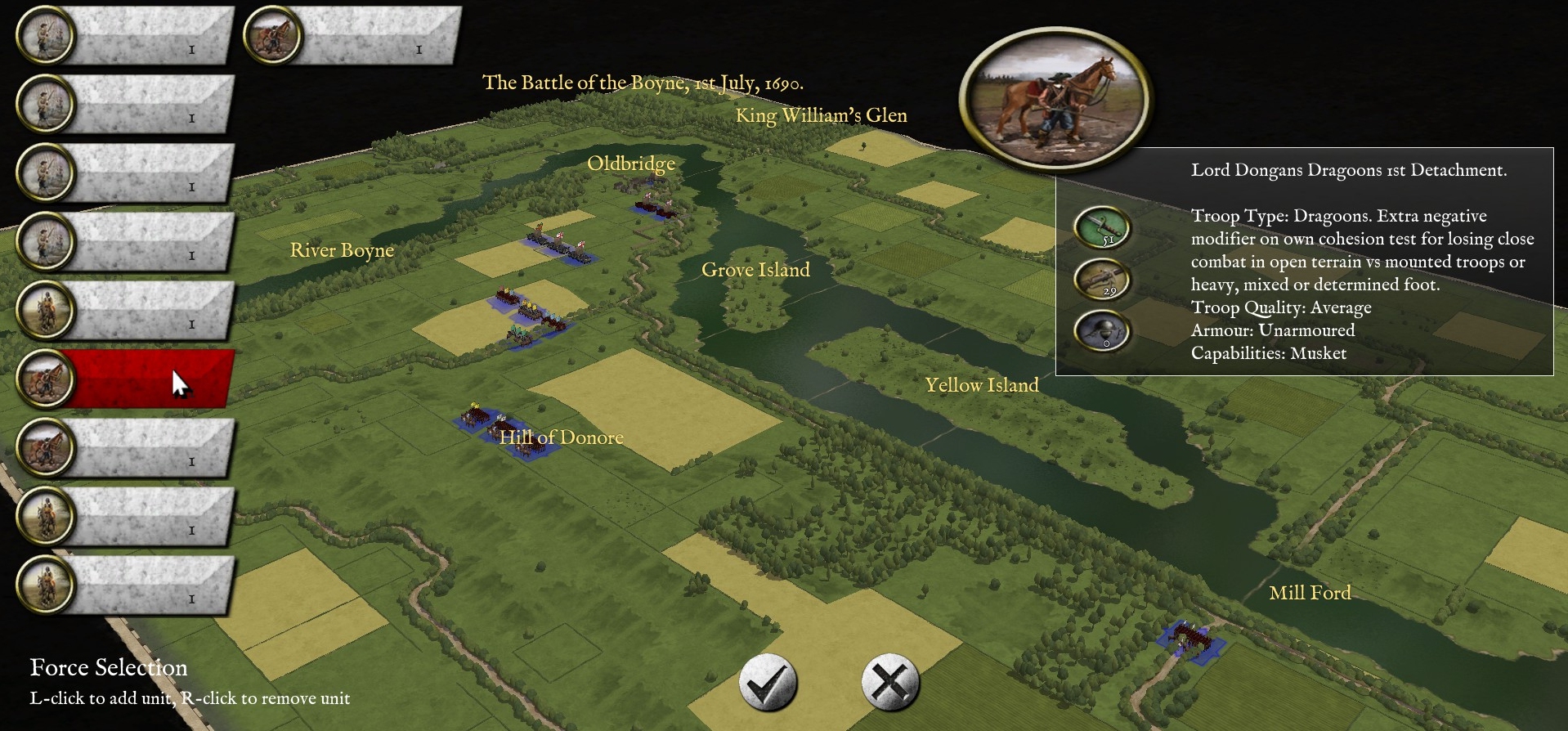
Only playable as the Jacobites, Paul59’s 26-turn version of the Battle of the Boyne might not capture every tactical nuance of the real engagement (For instance, as P&S doesn’t model individual commanders you have zero chance of slaying Schomberg or William with a lucky volley*), but a complex ford-dotted battlefield, a colourful order of battle (Irish, English, Scottish, Dutch, Danish and French troops participate) and P&S’s famously adept AI, ensure a memorable few hours of top-quality wargaming.
* Schomberg perished during the battle, and William was grazed by a cannonball while scouting the fords the previous day.
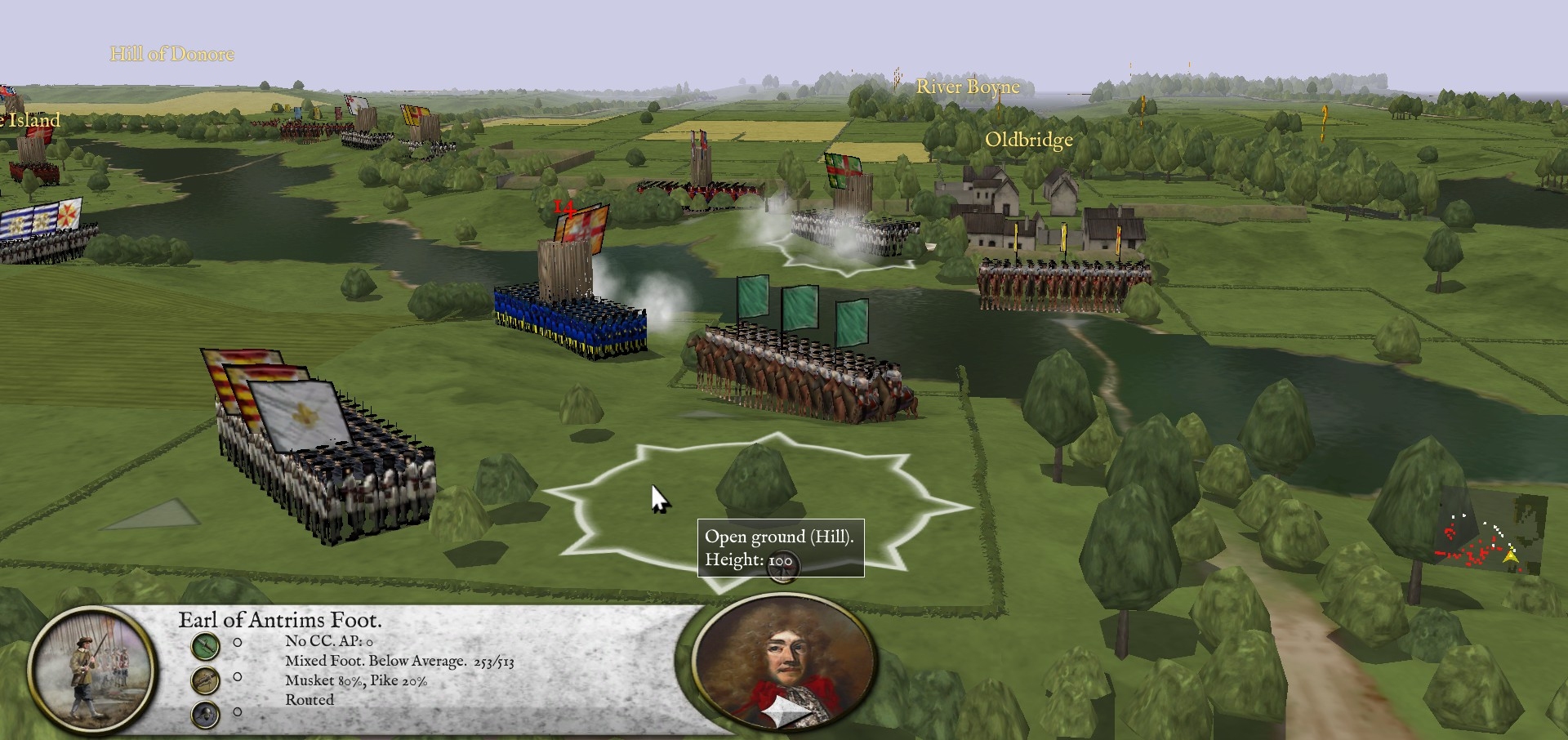
Causing a rectangle of William’s formidable Dutch Blue Guards to skedaddle back across the Boyne? Highly gratifying. Realising that your finest cavalry unit is in hot pursuit? Mortifying, amusing, and pleasing all at the same time!
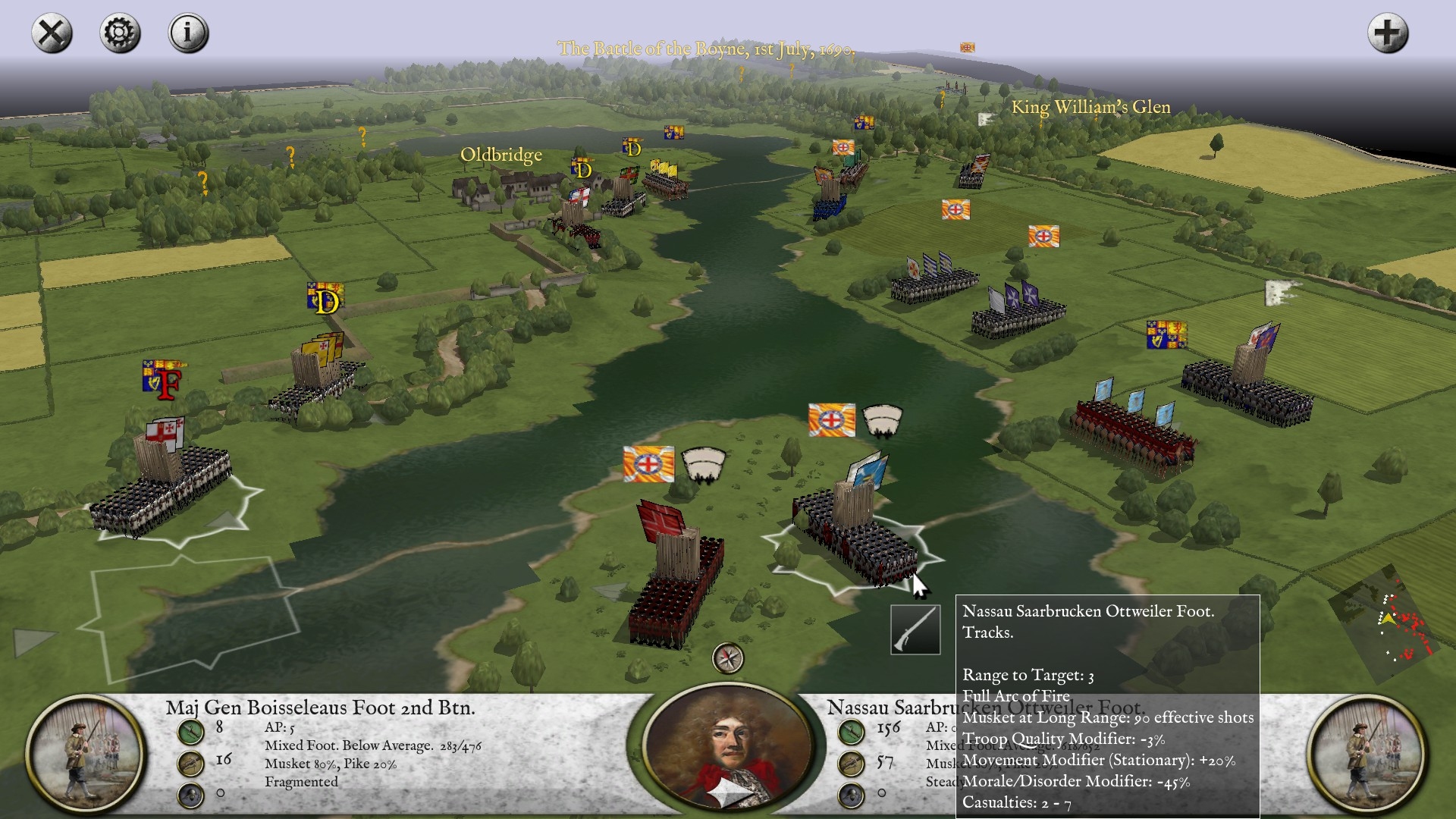
While a spirited rearguard action by French infantry allowed the bulk of the defeated Catholic army to retreat from the Boyne unscathed, the road to the capital was now open, and much irreplaceable Jacobite equipment had been lost. After considering his situation, the gutless James decided to quit Ireland for France. His largely intact army fought on under the increasingly war-weary Tyrconnell, and, later, the French commander Charles Chalmot de Saint Ruhe, until decimated at the brutal battle of Aughrim the following summer.
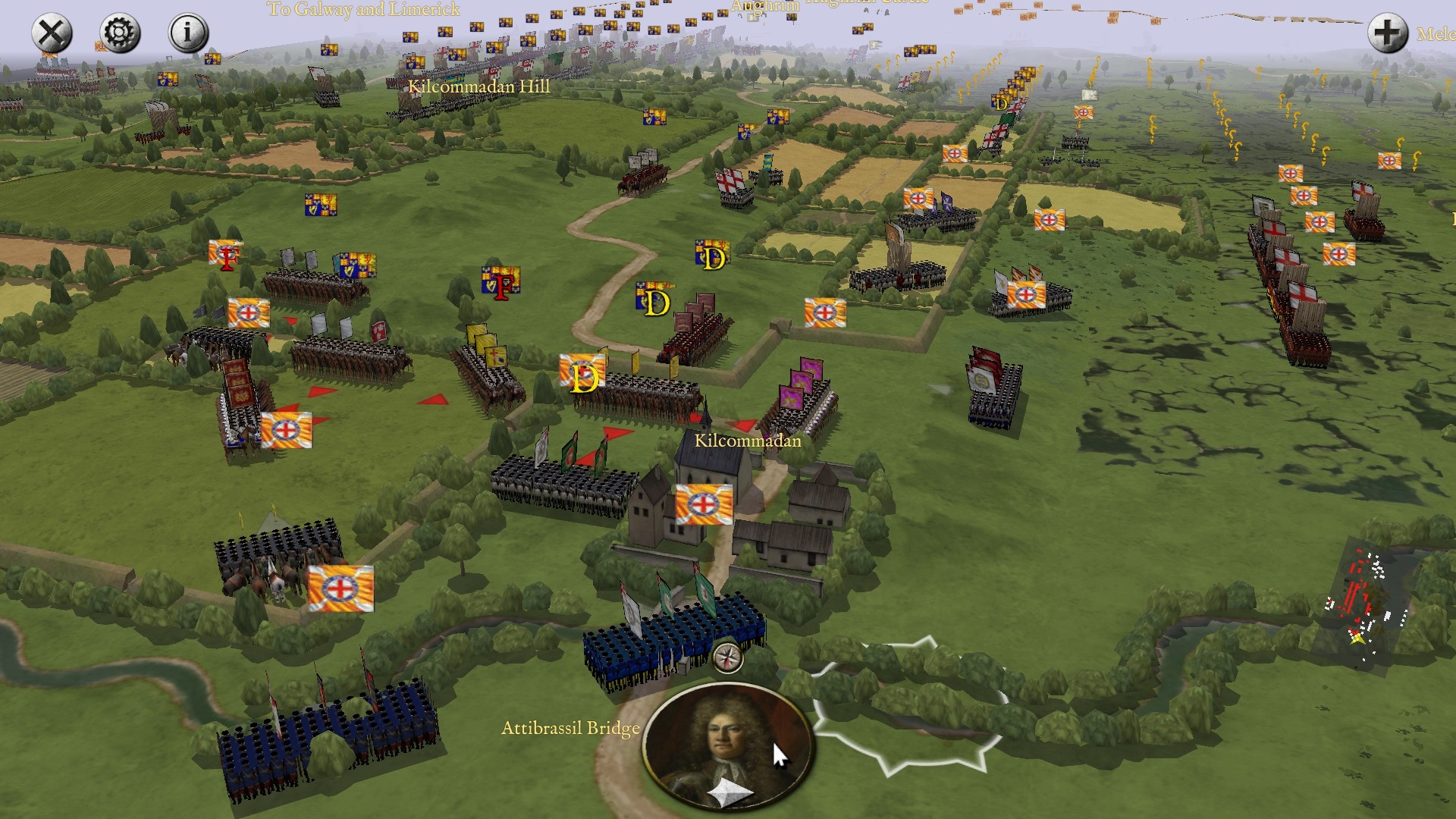
Some believe Aughrim to be the bloodiest battle ever fought in the British Isles. Although the majority of the 7,000 corpses that littered the field “like a great flock of sheep” at the end of ‘The Twelfth’* were Jacobites, thousands of Williamites perished assaulting the high, marsh- and hedgerow-screened position carefully selected by Saint Ruhe.
* The Ulster Protestant celebration on July 12 originally marked the Battle of Aughrim. Eighteenth Century calendar changes that moved the date of the battle, and the presence of King Billy at the earlier engagement, led to the Battle of the Boyne eventually becoming the focus of Orange Order events.
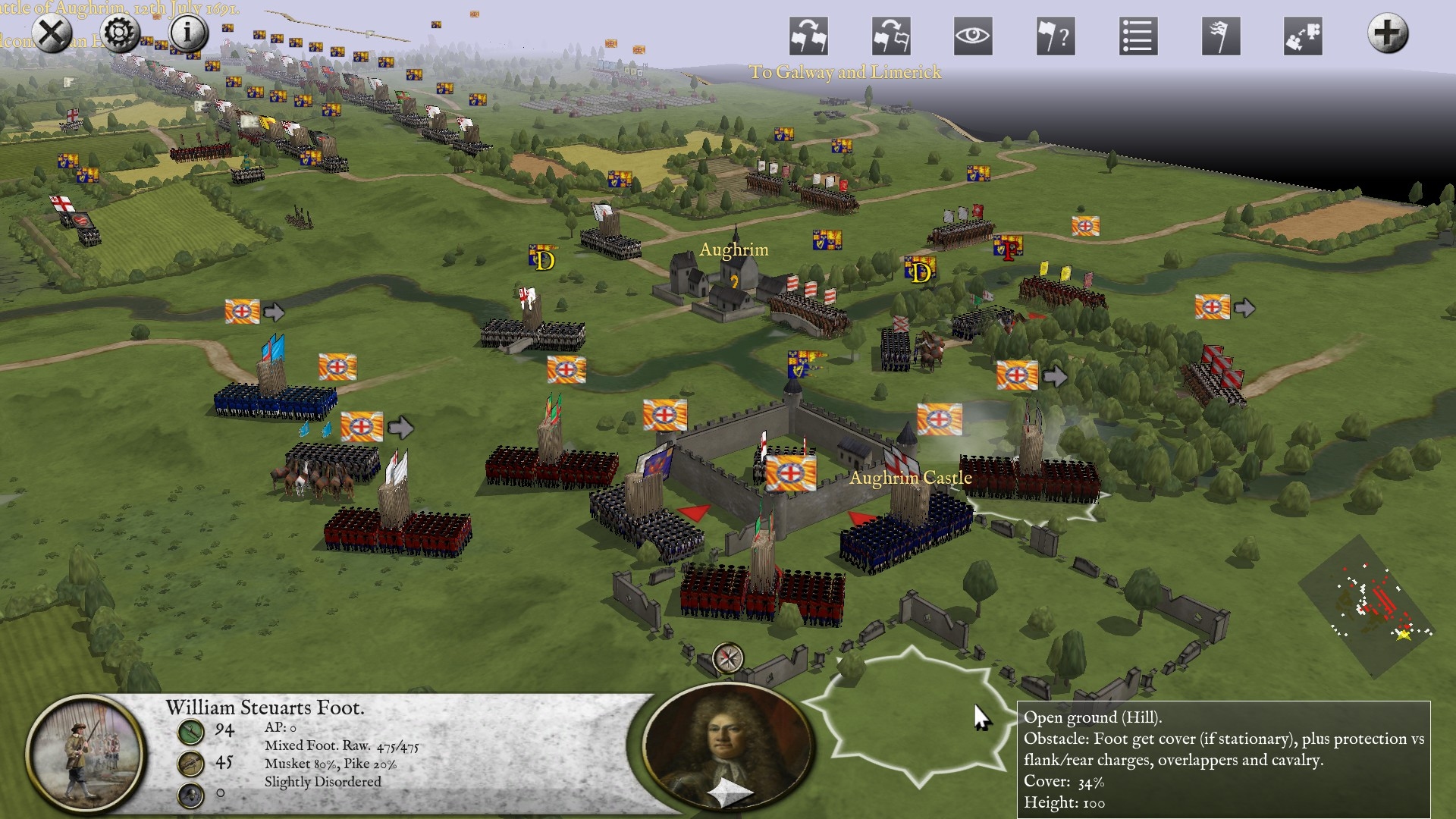
Another Paul59 creation, P&S Aughrim is, appropriately, a spectacular affair. The size and topography of the battlefield, and the scale of the armies involved (45,000 total) meant I ended up fighting four interlinked micro battles rather than one huge one. Echoing actual events, an assault on ruined Aughrim Castle on the Williamite right proved irresistible (the player is cast as Ginkel, the Protestant commander) as did a drive towards the useful bridge at Kilcommadan village on the left.
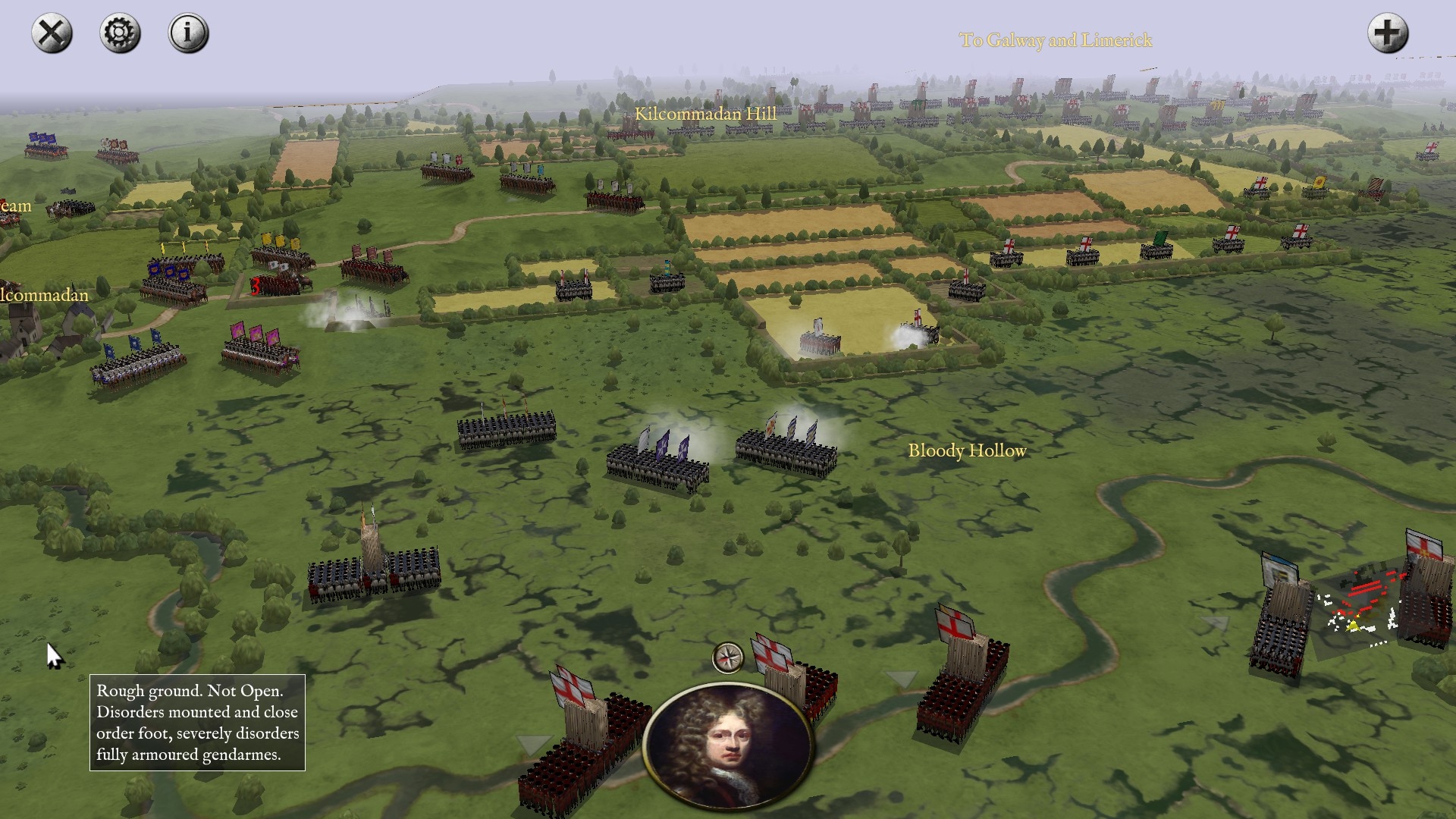
Thankfully, in my recreation, Bloody Hollow, a marshy spot at the foot of Kilcommadan Hill, failed to live up to its name. That said, hundreds of my infantry did slump into soggy sedgeland during attacks on the Jacobite centre.
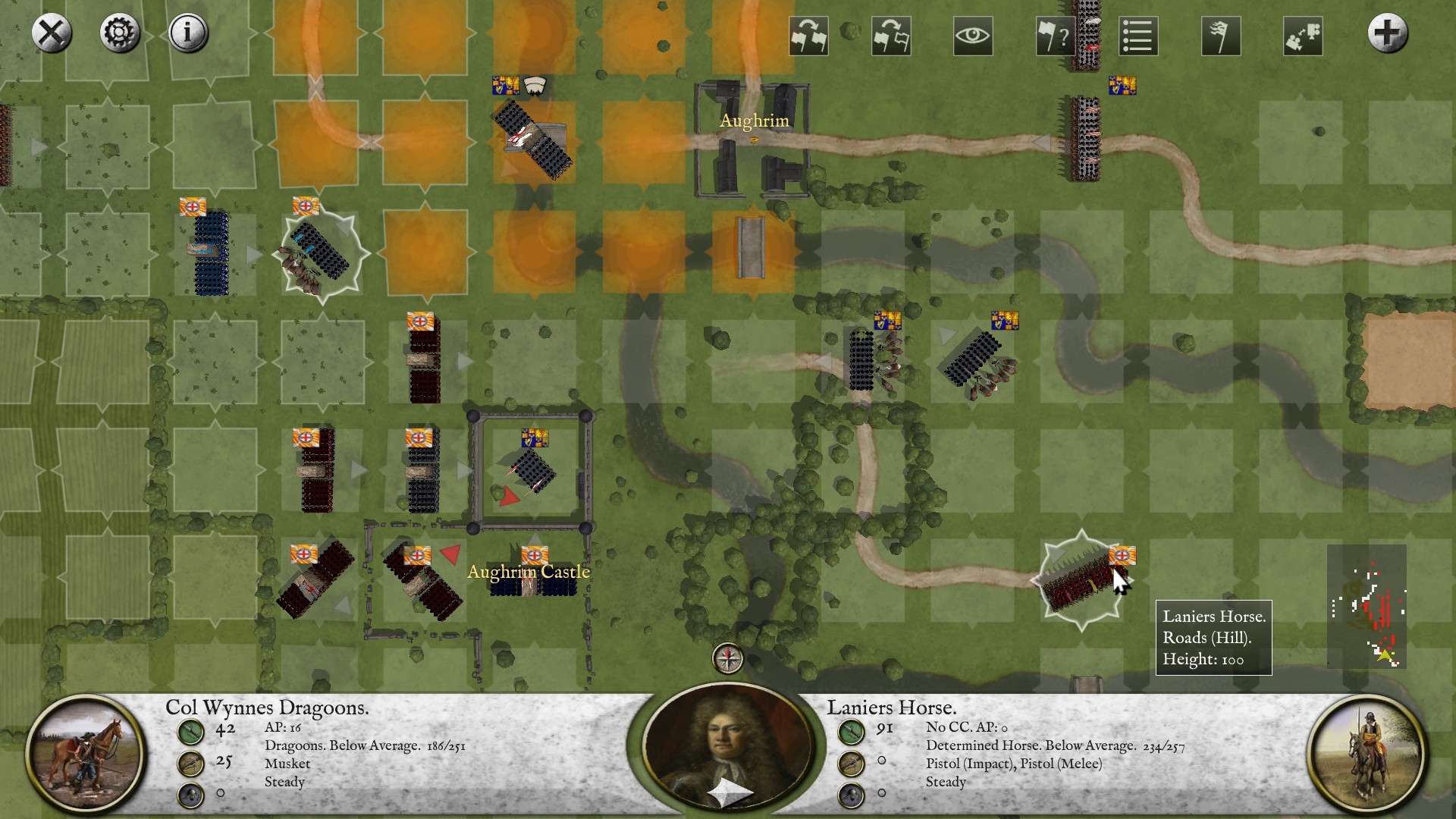
As is frequently the case in this game, while foot units traded lead storms and pike thrusts, around them horsemen trotted and wheeled, searching for opportunities to make telling interventions. There really is nothing quite like a large P&S clash in full flow!
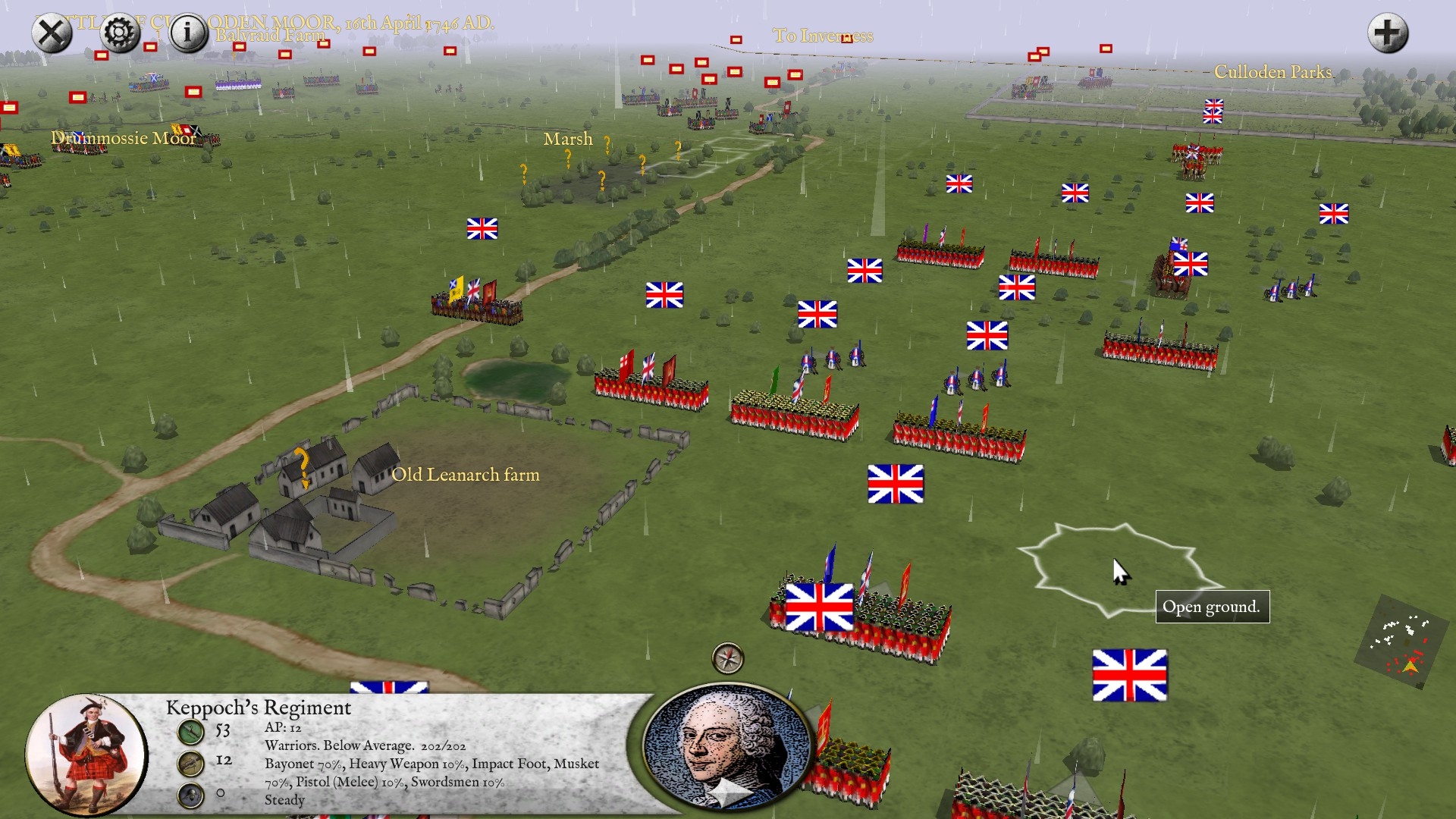
Having thoroughly enjoyed my brief sojourn in Seventeenth Century Ireland, I’m now very tempted to continue my Williamite wargaming odyssey across the water. While Aughrim effectively ended the Jacobite threat in Ireland, armed resistance in Scotland would continue off-and-on until 1746. Killiecrankie, Prestopans, Falkirk Muir, Culloden… thanks to Pike & Shot’s marvellous modding community, many of the last pitched battles fought on British soil are only a mouse-click away.

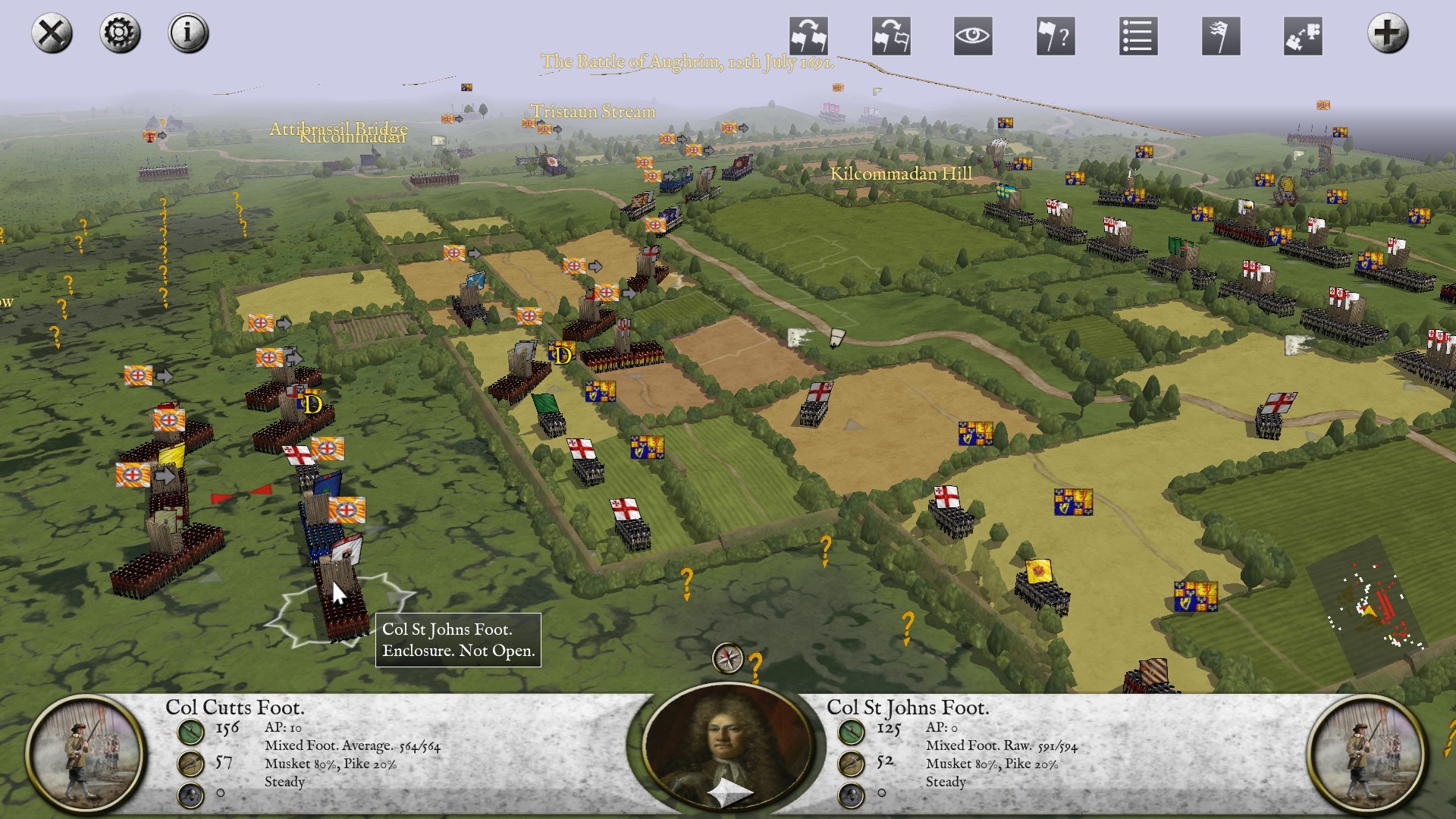
Tim-
It’s been a few years since I played Pike and Shgot: Campaigns as my PBEM partner moved on to the Field of Glory games and I have dutifully followed that path. However, this article will spur me to go meander through the user-added library and cherry-pick some favorite battles. Guess I better reach out to my PBEM oppo and see if he wants me to kick his arse on a new battle tableau. Thanks for reminding me how much I enjoyed this title “back a few”, Your writing is top-notch as always.
KSBearski
Morale +1. Thanks.
I’m wondering if this engine would possibly serve for a Communal Combat Mission this season.
During the Second Anglo-Dutch War the Garden of England (or possibly Essex) is invaded, Dutch East India Company berserkers high on nutmeg in the vanguard. Having spent all their money on Charles II’s fancy pants/illegitimate children, the English are forced to rely on a circus troupe of touring hakkapeliitta, a posse of Battle of Hastings re-enactors; and also call upon the oldest military alliance in history: the fearsome Portuguese.
I think this could be very cool, but needs a smart way of handling orders since most units are really not maneuverable and getting your tercios twisted will cause big problems and not be easily remedied – or it gets very tedious to check exactly where units can move and how far they can turn from a given position.
Might need a more vague order system for groups of units that allows the game runner to interpret instructions and avoid overly daft individual unit positioning.
Strong graphical resemblance to Battle Academy – anyone know what the connection is (if any)?
Edit: ah, ok, a Slitherine-published title. Must have at least borrowed some graphical assets.
P&S uses the same engine as BA, BA2, and the largely forgotten (?) Hell:
https://store.steampowered.com/app/312420/Hell/
Great article Tim! Made me load it up again and already in the tutorial missions I’m getting some tense scrapes and close calls. No other strategy game I’ve played has felt so much like a real battle in terms of overall flow and how much control you have over events. And that’s before even getting to all the delightful historical details in the units and how they function.
Thanks. I wonder if it’s too late to petition Slitherine/Byzantine for a camera patch. Not being able to alter pitch as you play is one of the game’s few notable flaws.
Hi Wilson, see this thread for how to unlock the camera in Pike and Shot (and other games using the same engine – BA1, BA2, Sengoku Jidai, Hell) –
https://steamcommunity.com/app/377520/discussions/0/3457093950222300146/
Thanks for the tip! I think I tried this at some point, but didn’t follow Pip’s instructions carefully enough. This capability really needs to be toggleable in the options menu.
This is cool to know indeed, thanks for the link 🙂
It would be great to have as a menu toggle.